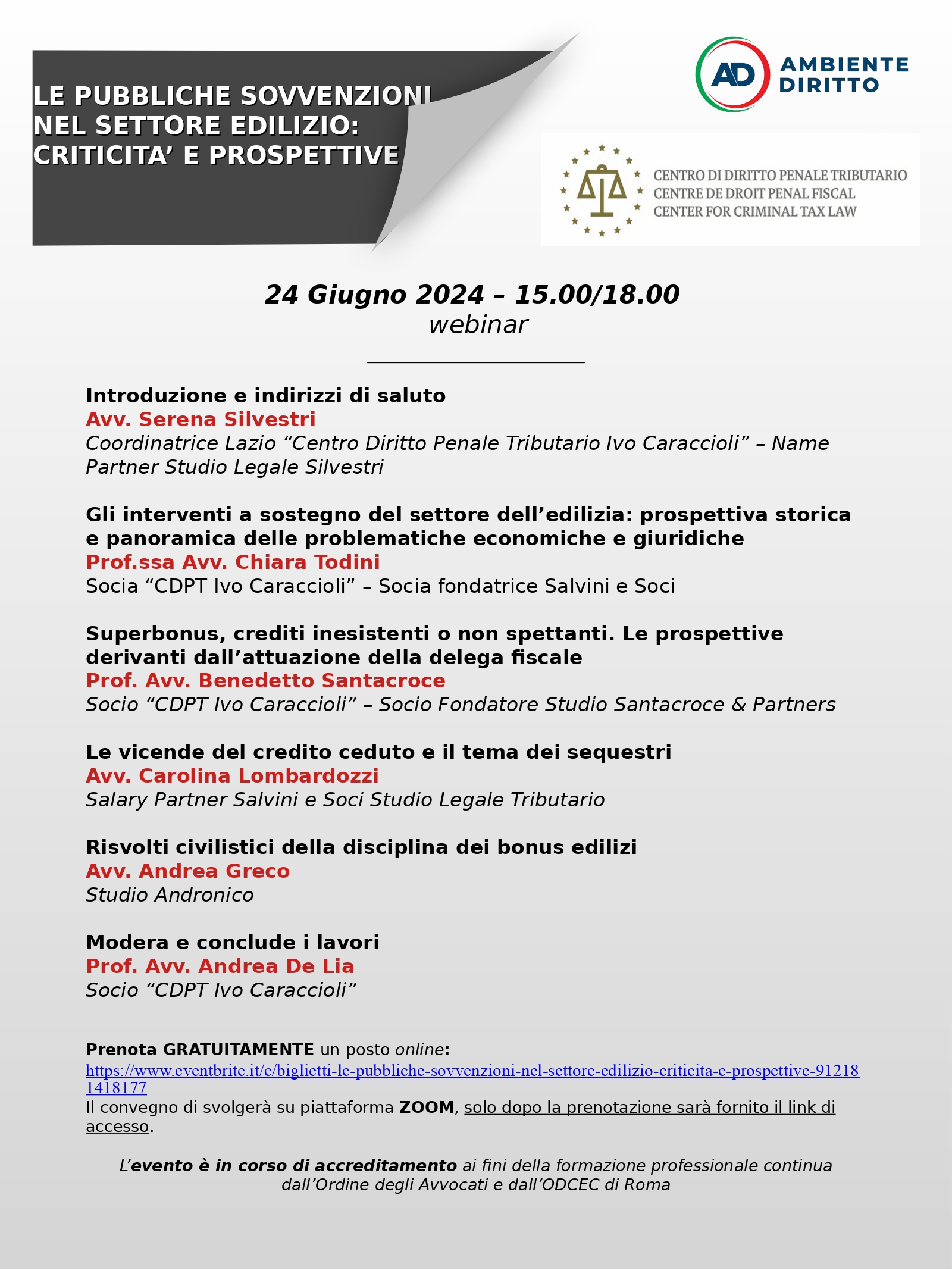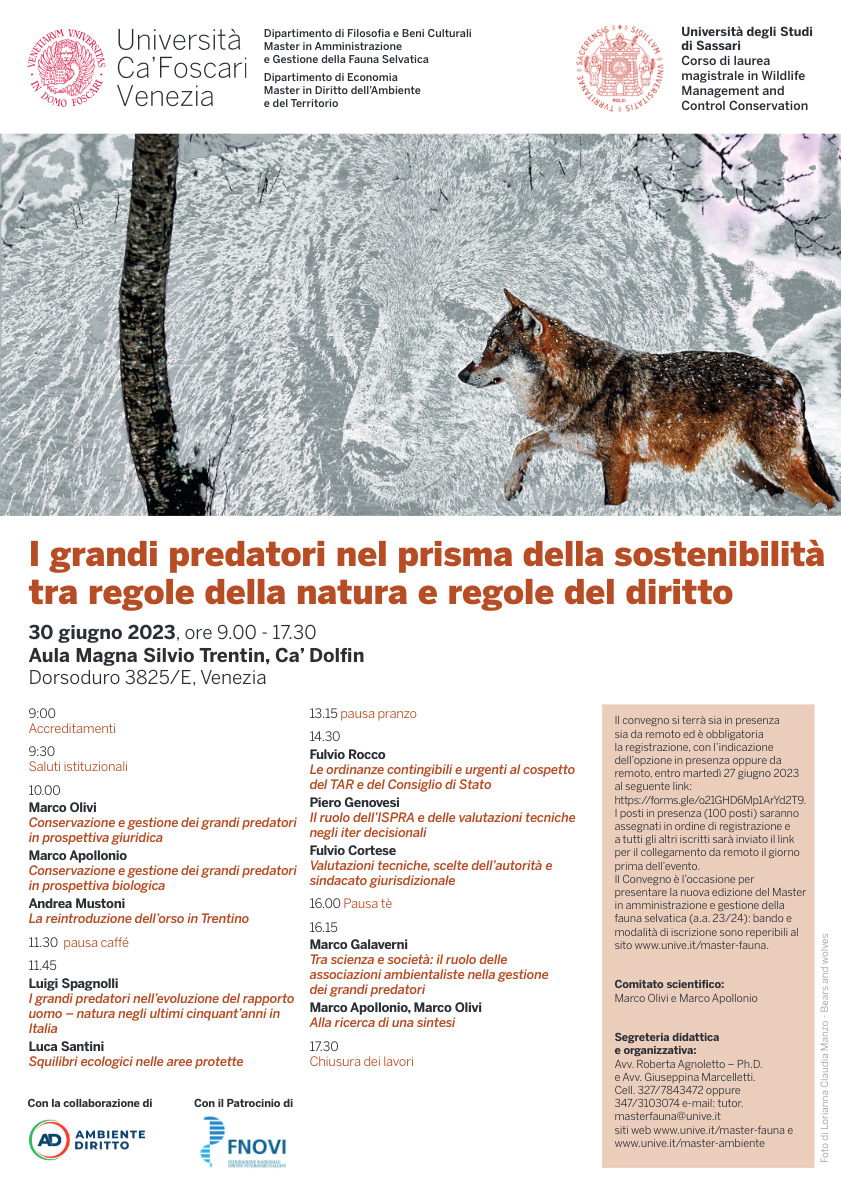______________ AMBIENTEDIRITTO ______________
INTERNATIONAL STANDARDS FOR ENVIRONMENTAL AND SOCIAL IMPACT ASSESSMENT: INCREASING EFFECTIVENESS OF INTERNATIONAL ENVIRONMENTAL LAW
Giuseppe Poderati
“The Earth will not continue to offer its harvest,
except with faithful stewardship.
We cannot say we love the land
and then take steps to destroy
it for use by future generations.”
— John Paul II
[Abstract It]: Questo contributo analizza l’importanza della realizzazione di una valutazione di impatto ambientale (VIA) adottando un approccio pressoché olistico nella protezione dell’ambiente. La VIA è obbligatoria in relazione ad attività che possono causare danni transfrontalieri. La Corte Internazionale di Giustizia ha dichiarato nella sua sentenza “Pulp Mills” che il dovere di eseguire una VIA in un contesto transfrontaliero è un principio del diritto internazionale. Dunque, il dovere di prevenire danni transfrontalieri è ben stabilito nel diritto internazionale (vedasi altresì la 2011 ITLOS Advisory Opinion) ed è considerato una regola consuetudinaria riconosciuta dalla Corte Internazionale di Giustizia. Un modo per implementare questo principio fondamentale del diritto dell’ambiente è quello di valutare i rischi di danno ambientale previsti per le attività ed i progetti proposti prima che gli Stati prendano la decisione di consentirne l’esecuzione. Questa valutazione ha propri contenuti e caratteristiche legali. Una VIA è uno strumento decisionale che consiste nell’analisi di un’attività o progetto prevista ed aiuta a determinare gli effetti negativi che l’attività potrebbe avere sull’ambiente e sulla collettività, in particolare per prevenire problemi ambientali come il degrado del suolo ma anche socioeconomici come l’assenza di posti di lavoro. Una volta valutati e compresi i rischi, gli Stati sono in una posizione migliore per decidere se autorizzare o meno l’attività proposta e per gestire i potenziali danni che ne derivano, con l’obiettivo di proteggere la popolazione e l’ambiente. Oltre all’obbligo generale consuetudinario di condurre una VIA in caso di probabile danno transfrontaliero, gli Stati sono anche guidati da una varietà di documenti internazionali legalmente vincolanti come trattati o accordi internazionali con istituzioni finanziarie (es. la Banca Mondiale). La VIA è uno strumento giuridico amministrativo altresì di carattere nazionale ed è eseguita dagli Stati, in accordo con le proprie strutture istituzionali interne. Centrale, in questo contributo è l’analisi della disciplina delle direttive europee che formano la disciplina più avanzata e moderna a livello globale.
[Abstract En]: This paper analyses the importance of the duty to carry out an Environmental Impact Assessment (EIA) adopting a holistic approach in protecting the environment. It is not disputed that an EIA is mandatory in relation to activities that are likely to cause transboundary harm. The International Court of Justice declared in its Pulp Mills Judgment that the duty to perform an EIA in transboundary context was a principle of international law. However, the obligation to carry out an EIA is also mandatory for activities that may adversely impact a global resource such as the marine environment (as recognised by the 2011 ITLOS advisory opinion) and there might also be an international obligation to carry out an EIA at the domestic level. The duty to prevent transboundary harm is well established in international law and is considered a customary rule as recognised by the International Court of Justice. One way of implementing this core environmental principle is to assess the environmental and social risks of harm foreseen for the proposed activities before states make the decision of allowing them to be carried out. This assessment, called the environmental and social impact assessment, has its own legal content and features. An ESIA is a decision-making tool that consists of the analysis of an intended activity and helps determine the adverse effects the activity could have on the environment, particularly to prevent environmental related issues such as land degradation as well as social issues such as unemployment. Once the risks are assessed and understood, states are in a better position to make a decision as to whether authorize the proposed activity or not, and to manage the potential harm resulting from it, with the goal of protecting the population and environment. In addition to the general customary obligation of conducting an EIA in case of likely transboundary harm, states are also guided by a variety of international legally binding documents such as treaties or international agreements with financial institutions. An EIA is a national tool; it is performed by states, in accordance with their own internal structures. If the state is not party to any international instruments providing for an EIA obligation, or if the obligation presents great flexibility regarding its implementation, the content, parties and procedures will be determined by domestic regulation. Pivotal in this paper is the analysis of the discipline of European directives that form the most advanced and modern EIA discipline on a global level.
SOMMARIO: 1. Introduction. – 2. SECTION I: EIA Concept and the traditional view of Developing Countries. – 3. The Contemporary approach. – 4. Environmental impacts. – 5. Social Impact Assessment: the substantive link to human rights. – 6. A SIA: general approach and its applicability in different contexts. – 7. The World Bank approach to the integrated EIA and SIA: Areas where a SIA is considered fundamental. – 8. SECTION II: Environmental Impact Assessment (EIA): The Case of the European Union. – 9. The Scope and Content of the EIA. – 10. Special focus on SIA: Content of the EIA. – 11. The EIA Parties and Procedure in the EU. – 12. The Procedural Rights. – 13. Case Law of the European Union Court of Justice (EUCJ). – 14. An assessment of the EIA in the Legislation of the European Union. – 15. Conclusions and Concrete Policy Recommendations.
Scarica allegato





 AMBIENTEDIRITTO.IT EDITORE
AMBIENTEDIRITTO.IT EDITORE